Browse products by
Filter By Type
Filter By Finish
Filter By Look
Filter By Application
Filter By Type
Filter By Look
Filter By Application
Filter By Size
Effective Ways to Fix Wall Dampness – Step by Step Guide
Mar 2024
Winters are gone. But your home still feels cold and musty? Well, this might be because of your damp walls.
Wall Dampness in a home is something that nobody likes to deal with, but many of us may eventually run into it. Surprisingly, it doesn’t just occur in older homes. Moisture problems can arise in even the newest of homes due to inadequate ventilation, seepage, leaks, cracks, and many other underlying causes.
To prevent future structural damage and health concerns, it’s wise to take quick action if you encounter dampness issues in your house or property. If you don’t know how to do that, read this blog on Effective Ways to Fix Wall Dampness – Step-by-Step Guide
A 3-Step Guide To Fix Wall Dampness
Step 1: Identification
The initial milestone of any treatment is identifying the symptoms. Although it can occur at any time of year, the problem of dampness is most common during winter.
There are certain areas of the property you should keep an eye out for damp-related issues, as well as specific locations where such issues are most likely to happen: For example:
- It’s normal for wet spots to appear in bathrooms and kitchens. The tiles may have tiny cracks if the walls next to the kitchen and bathrooms are moist. Plus, the tiles may occasionally have small fissures that are invisible.
- Additionally, PVC is a common object on which mold can grow. When the hidden pipes are worn out or damaged, it is another major cause of wall dampness. So be sure to routinely inspect these areas for any indications of a problem.
- You should also keep an eye out for any unheated regions of the house and cold basements.
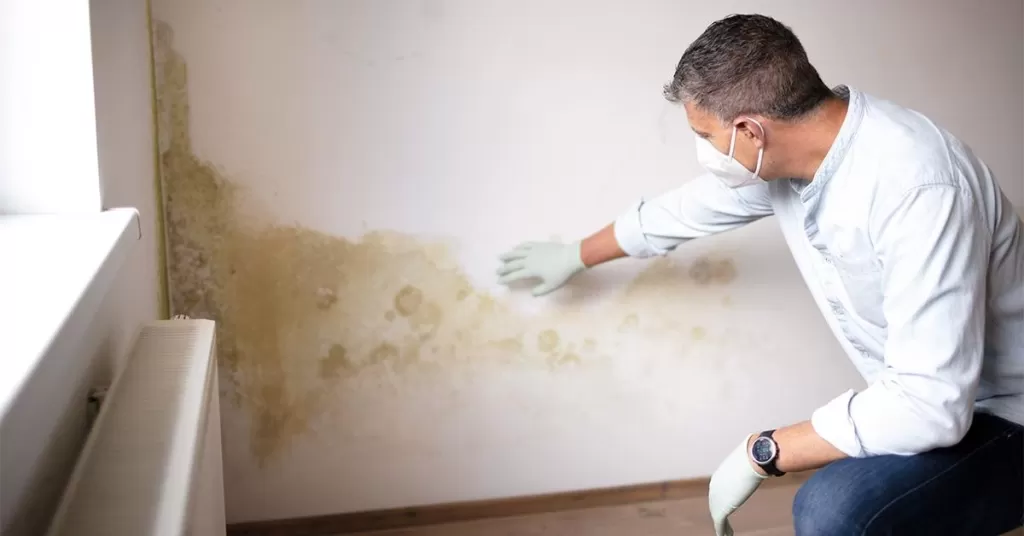
How to identify dampness?
Identifying dampness is easy. These are the signs you will notice if your walls are damped:
- Musty smell
- Peeling wallpaper
- Dark patches on walls or ceilings
- Mold growth
- Water stains
- Discoloration of Walls
Step 2: Isolation
Now that you have identified the damped area of the wall, it’s time to isolate the cause of dampness. Determining the source and isolating it—whether it is seepage or leaks—would considerably simplify the process of solving the problem of dampness.
The most common reasons for damp walls are:
- Seepage: Damp on ceilings and upper walls from above leaks
- Poor Coating: Rising water from the ground due to faulty or missing damp-proof course
- Condensation of Walls: Condensation caused by warm, humid air from daily activities like cooking and showering
- Moisture Accumulation: Accumulation of moisture on windows and outer walls if air cannot escape
When you have figured out the source of dampness, it is always recommended to treat the root problem to prevent any re-occurrences. Let’s consider that the issue stems from leaks and broken pipes, call a professional and get that fixed first before continuing with the damped wall treatment.
- For condensation: Open windows daily to release overnight moisture buildup and keep consistent heating in winter.
- For rising damp: Consider a new damp-proof course and special replastering.
- For penetrating damp: Repair the external source and seek help from a specialist to ensure a proper and lasting solution.
Step 3: Treatment
We have reached the final stage of our process, which is fixing the wall dampness.
First, start regulating the amount of humidity you create by opening windows. To quickly get the issue under control and remove further moisture from the air, you can also use dehumidifiers.
Next, take down any damaged paint, wallpaper, or plaster in the region. For this task, a scraper or chisel works nicely. Before you begin, don’t forget to put on safety glasses, gloves, or other protective gear.
Wait for the walls to dry. After the walls dry, use a mold remover even if you can’t see mold. You can find these in stores. Be careful not to spread mold spores. It is important to remember that some removers have bleach, so watch out for clothes and soft things.
In case of cracked tiles and wide grout lines, it’s advisable to repair the tiles or fill the gaps with epoxy or white cement to prevent seepage. Choosing high-quality bathroom tiles from reputable brands is essential to enhance the durability and aesthetics of your bathroom.
How To Avoid Wall Dampness?
As you all might know – “Prevention is better than cure”. So, here are a few measures you can take to Damp-Proof your walls.
Waterproofing
It is best to waterproof during building. Sand and cement mixed with a premium liquid waterproofing product can work well, in the beginning, to avoid dampness in the later years. Also, when installing tiles, you can opt for water-resistant Full Body Tiles to prevent moisture from entering through the walls.
Apart from these, there are a few more highly effective techniques for waterproofing like anting damping rod. These special rods are a big hit in Western countries where DIY is popular. A well-known UK brand created this technology. To use them, drill holes in damp walls and insert these rod-like chemicals to absorb moisture. This helps keep your walls in good shape for a long time.
You can also choose to use waterproofing solutions. Though the application process can be time-consuming and labor-intensive, these solutions have proven highly effective. Applied as a paint-like coating on the inner walls, they serve as a shield against dampness.
Ventilation Check
Ensure that there is enough ventilation throughout your home, particularly in the kitchen and bathroom, which have high relative humidity.
Airflow can be greatly increased by taking easy measures like often opening windows, utilizing exhaust fans in places that are prone to moisture, and thinking about ventilation solutions like air vents or air bricks.
To further support maintaining ideal ventilation levels, dehumidifiers can be used to lower interior humidity levels and garments should not be dried indoors.
Look for Cracks and Leaks
Cracks in walls can occur, usually beginning in the weakest areas. When more framework is added for windows or doors, the wall’s weakest points persist and cracks can emerge. Your walls may have wet spots as a result of moisture seeping in via these fractures. Before the monsoon, it is imperative to seal these cracks with an appropriate putty to prevent water leaks.
We advise you to establish a pattern of checking your home for the earliest signs of dampness. If there are any wall fractures or water leaks that could be the cause of the dampness, address them right once. Seal any gaps or fractures in the walls, fix any plumbing leaks, and repair any damaged gutters or roofs to prevent water from seeping through.
Examine the free-flowing and proper operation of gutters and downspouts, which are examples of outside drainage systems. Water cannot collect around the base and permeate the walls if the drainage is not enough.
Wrapping Up
To effectively address wall dampness, start by identifying signs like a musty smell, peeling wallpaper, mold growth, and water stains. Treat the root problem, whether leaks or condensation. Prevent future dampness with waterproofing during construction, regularly checking for cracks and leaks, ensuring proper ventilation, and routine tile cleaning, or else, upgrade to waterproof tiles from Lavish Ceramics today!
Similar Articles
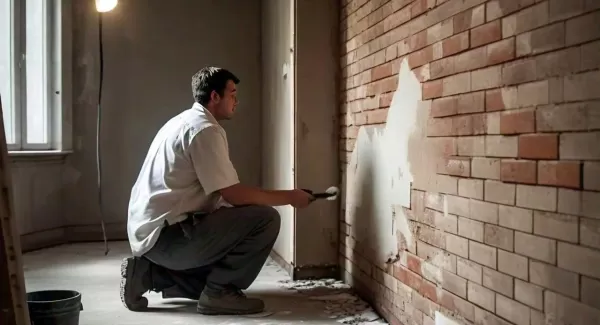
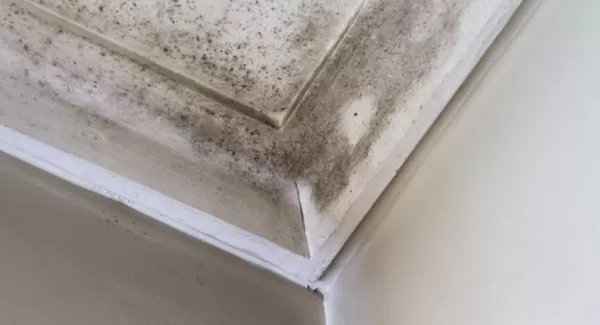
That which is unique is always rare and special, so is with the finesse of Lavish tiles. Lavish is synonymous with excellent quality tiles that define the beauty of a well tiled space. One of the largest manufacturer and exporter of ceramic tiles, wall tiles and floor tiles, double charge vitrified tiles, polished glazed vitrified tiles, glazed vitrified tiles and digital tiles, Lavish is famous for adding that sense of grandeur and splendor through sheer product quality.







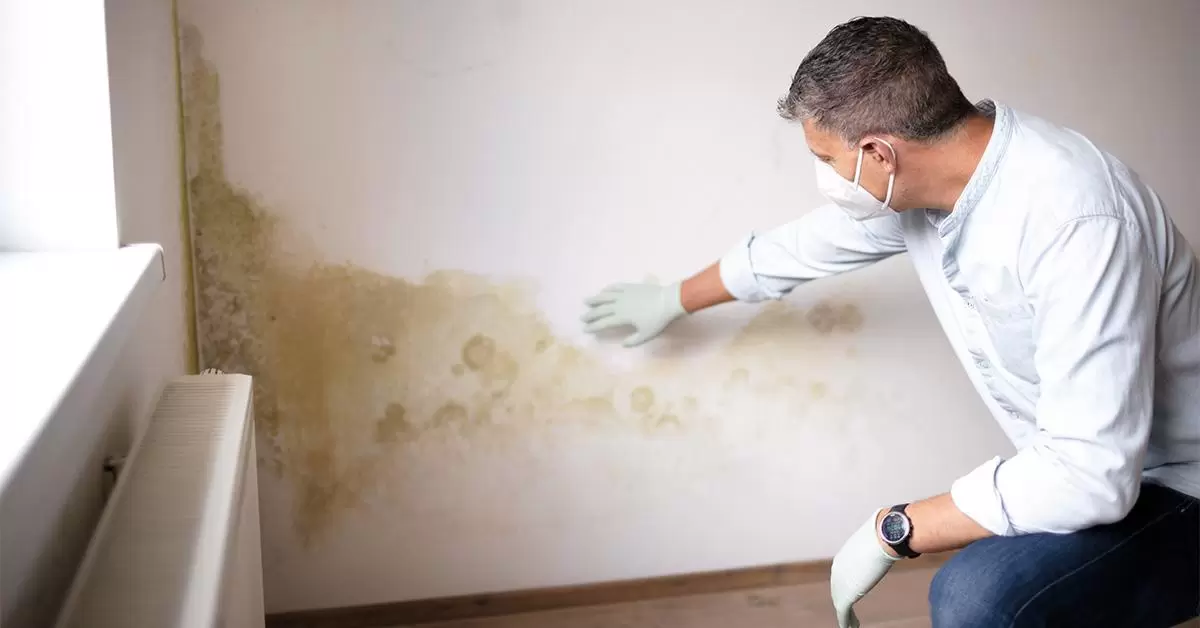
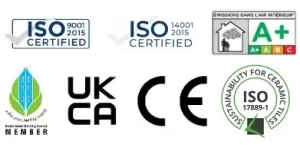
Leave a Reply